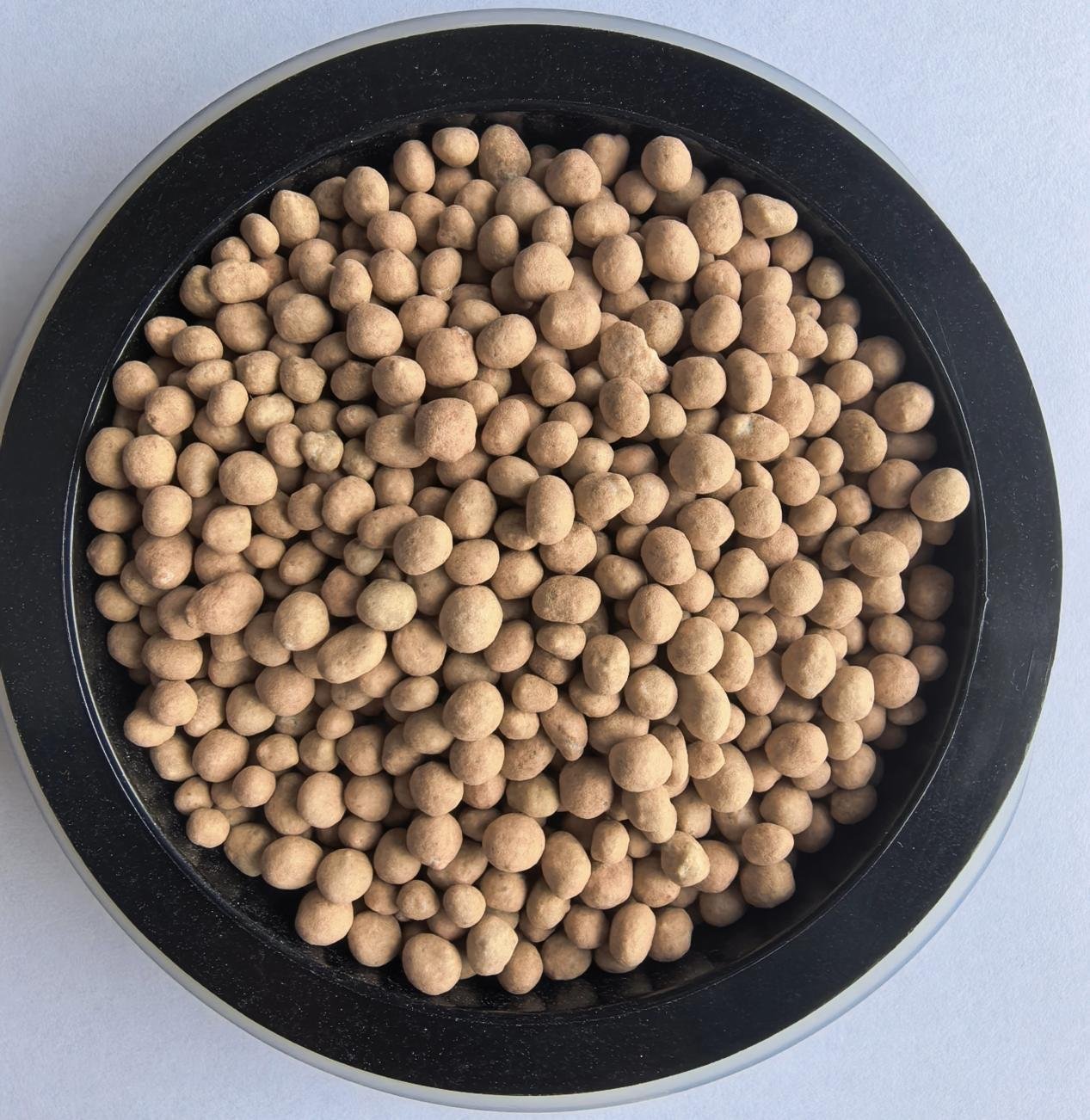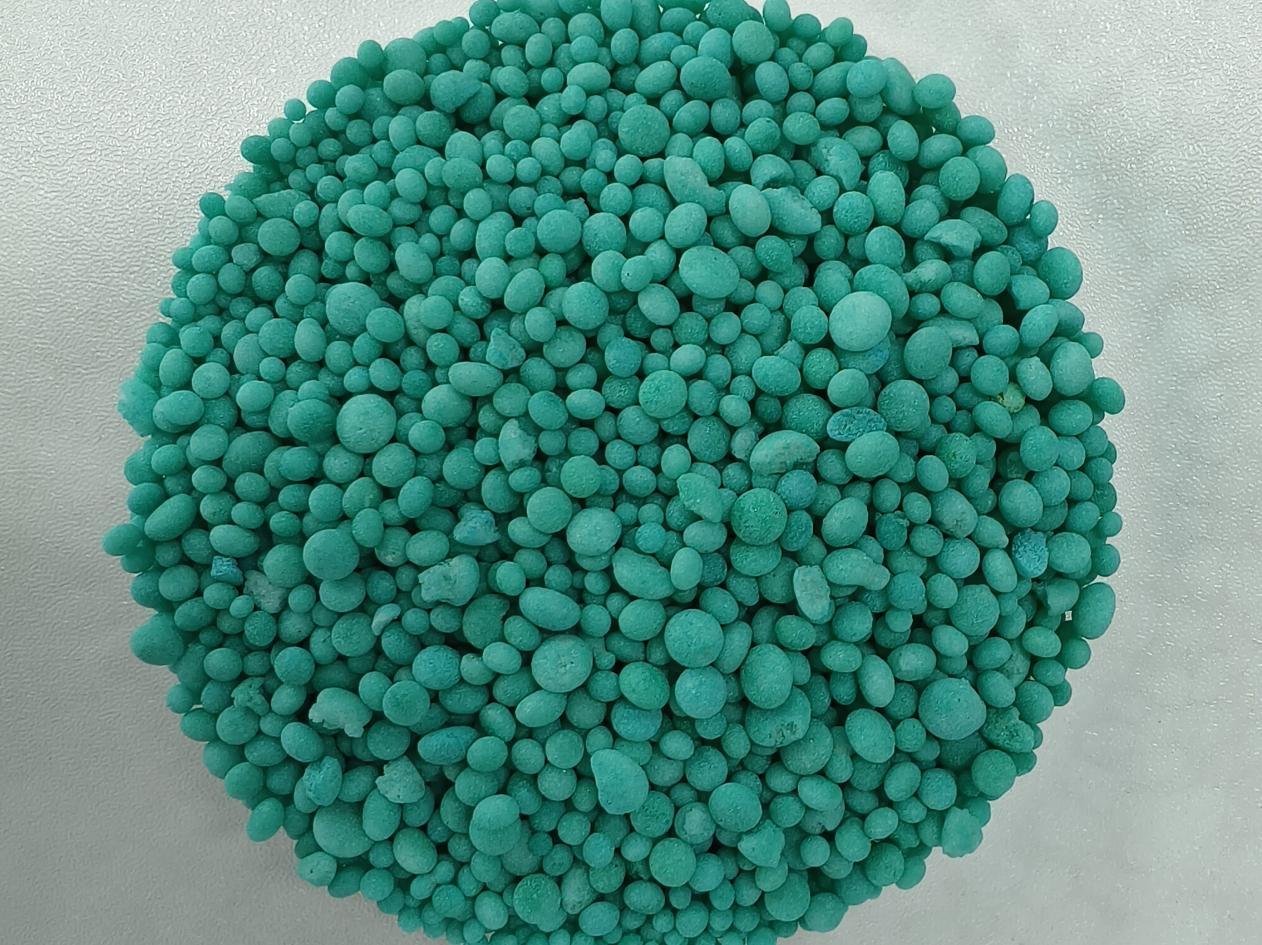Fertilizer utilization rate is the ratio of fertilizer nutrients that crops can absorb. It is used to reflect the degree of fertilizer utilization. Generally speaking, the higher the fertilizer utilization rate, the greater the economic benefits. Fertilizer utilization rate is not fixed. It varies with the type, nature, soil type, crop type, climatic conditions, field management and other factors of fertilizer.

Industry data show that under the traditional extensive fertilization method, the utilization rate of some fertilizer varieties is less than 40%, and more than 60% of nutrients are lost or fixed in the soil. Improving fertilizer utilization rate is not only the key to reducing costs and increasing income, but also an inevitable requirement for the green development of agriculture. Experts pointed out that to achieve this goal, comprehensive efforts must be made in four aspects:
1. Accurate fertilizer allocation and supply on demand
Say goodbye to "fertilization based on experience" and vigorously promote the "soil testing and formula fertilization" technology. Through scientific testing of soil nutrients, combined with the fertilizer requirements of target crops, the demand and ratio of nitrogen, phosphorus, potassium and trace elements are accurately calculated, and special formula fertilizers are customized to avoid nutrient redundancy and imbalance from the source.
2. Optimize methods, reduce losses and increase efficiency
It is crucial to improve fertilization methods. Vigorously promote deep application of base fertilizer and simultaneous sowing of seeds and fertilizers, apply fertilizers to the dense root layer of crops, and reduce surface volatilization and loss; change "one shot" to multiple topdressing, especially in the key period of crop fertilizer demand (such as jointing period, booting period, and fruit swelling period) for precise supplementation; water-fertilizer integration technology is a powerful tool to improve water and fertilizer utilization efficiency, especially in facility agriculture and field cash crops.
3. Make good use of "new weapons"
New and efficient fertilizers are an important carrier for improving utilization rate. The nutrient form of water-soluble fertilizers is easy to absorb, especially suitable for drip irrigation and sprinkler irrigation; slow-release fertilizers use coating or chemical synthesis technology to achieve slow nutrient release, synchronized with crop absorption, and significantly reduce losses; reasonable addition of stable fertilizer additives such as nitrification inhibitors and urease inhibitors can effectively delay nitrogen fertilizer conversion and reduce ammonia volatilization and nitrate leaching.
4. Keep the soil good and strengthen the foundation
Healthy soil is the basis for efficient use of fertilizers. Increasing the application of organic fertilizer (farmyard manure, commercial organic fertilizer) can increase the organic matter content of the soil, improve the soil aggregate structure, and enhance the ability to retain water and fertilizer; at the same time, pay attention to the regulation of soil acidity (pH value). Too acidic or too alkaline soil will cause nutrient fixation failure.
Industry point of view, improving fertilizer utilization is a systematic project, which requires a close combination of fertilizer production, agricultural services and planting practices. The selection of high-efficiency products is the premise, scientific application is the core, and cultivating healthy soil is the long-term foundation.





